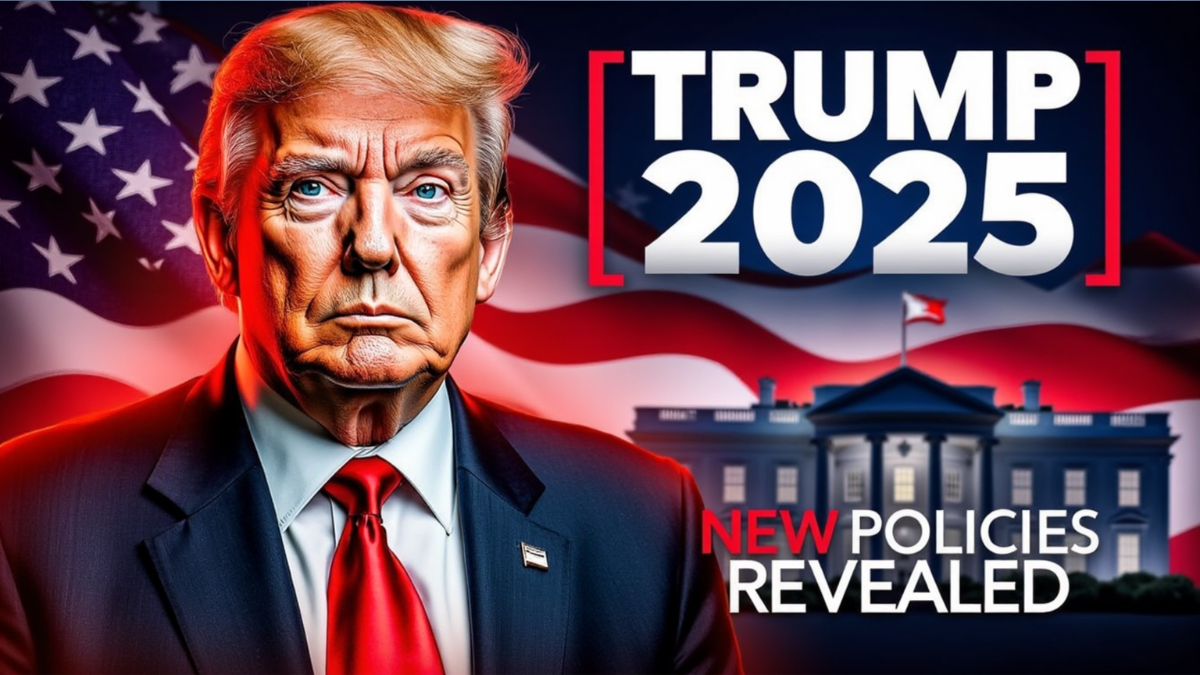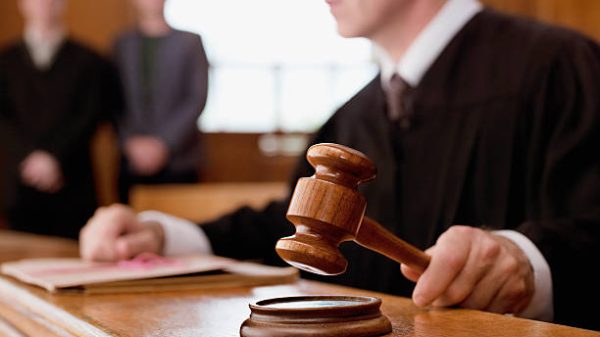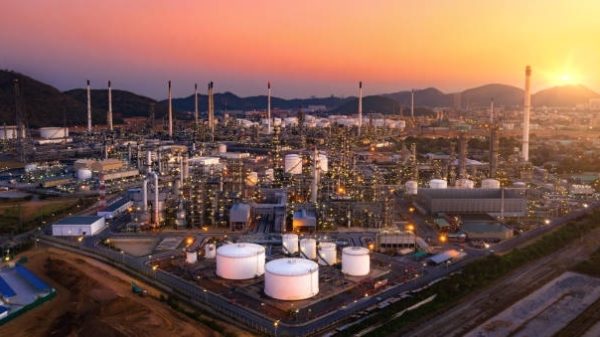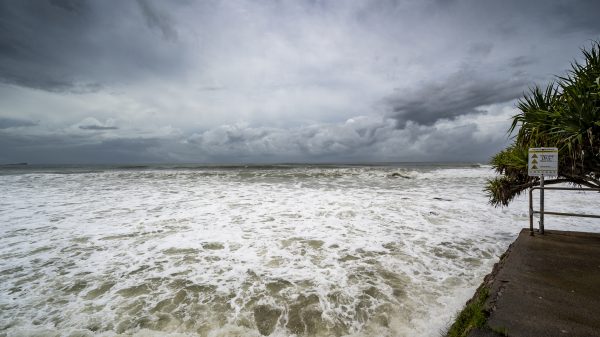Start of Donald Trump’s second term and his major policies
Donald Trump’s second swearing-in as the 47th president was the beginning of an era marked by bold promises, controversial policies, and an unwavering commitment to his “America First” approach. Trump attempted to redefine the country’s domestic and international priorities through several major reforms and executive orders. Let’s analyze some of his major decisions and his policies.
Paris Climate Agreement
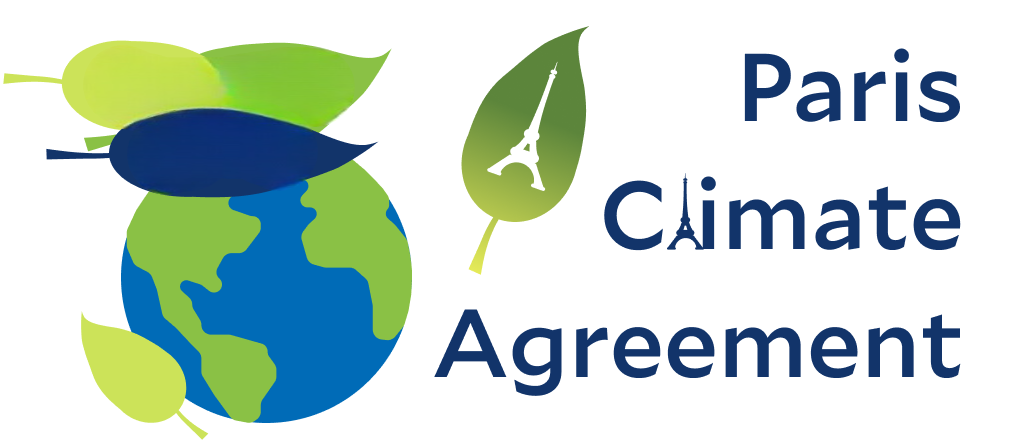
Trump decided to withdraw the US from the Paris Climate Agreement, prioritizing his economic growth. Declaring an “energy emergency”, his government promoted fossil fuel production, especially to increase mining in Alaska. This policy was appealing to industrial parties, but was strongly criticized by environmentalists and climate activists.
Border Control
Trump turned to strict border control, reversing many of the Biden administration’s immigration policies. He emphasized expelling illegal immigrants from the country and declared a national emergency on the southern border, signaling further militarization of immigration enforcement.
DOGE
To improve federal operations, Trump launched the “Department of Government Efficiency (DOGE), which was led by Elon Musk. The initiative was aimed at simplifying bureaucracy, but critics questioned the influence of corporate leadership on public administration under it. Legal challenges to DOGE’s activities still remain a potential hindrance.
Capitol Riot Participants
In a controversial move, Trump pardoned individuals involved in the Capitol riots, creating a sense of loyalty among his supporters. However, the decision created deeper rifts among opponents who saw it as an attack on democracy.
Trade Policies
Trump continued his trade policy of imposing tariffs on imports from Canada and Mexico, claiming it was to combat inflation. At the same time, he supported giving more freedom for energy production, although critics warned of long-term economic problems caused by the move.
Trade Tariffs for BRICS Nations
Trump threatened to impose 100% tariffs on BRICS nations, saying these countries have become less dependent on the US dollar in international trade. This protectionist measure was meant to maintain US economic dominance, but it threatened to increase tensions in diplomatic relations with emerging economies.
Trade Tariffs on China
Trump had imposed trade tariffs on China, although he postponed additional tariffs and focused on global trade practice. The move was seen as a sign of more restrained negotiations with Beijing.
Social Policies
Trump ended diversity, equity, and inclusion (DEI) initiatives in federal agencies and overturned protections for transgender individuals. These policies were in line with his conservative base, but faced strong criticism from civil rights groups.
National Security
Trump delayed banning TikTok while he vetted US buyers for the platform. The decision was an attempt to balance national security concerns and the platform’s popularity among young people.
Energy Independence
Trump stopped oil imports from Venezuela and focused on domestic energy production, which coincided with his goal of energy self-sufficiency. However, this risked increasing tensions with foreign oil suppliers.
Israeli Settlements

Trump lifted sanctions on Israeli settlements, indicating his policy to strengthen US-Israel relations. However, the decision was met with strong criticism from Palestinians and international law supporters.
Global Tax Agreement Rejection
Trump rejected the OECD’s global minimum corporate tax agreement, saying the US should retain autonomy in its tax policy. The move was attractive to corporations but could have isolated the US from international tax reform efforts.
Environmental Policies
Trump overturned Biden’s electric vehicle (EV) incentive plans and suspended financial support for EV infrastructure, prioritising fossil fuels over renewable energy. The policy was pleasing to traditional energy sectors but faced criticism from environmental groups.
Conclusion
The main goals of Trump’s policy were deregulation, economic nationalism, and energy self-sufficiency, which took shape under his “America First” approach. While these policies are popular among his supporters, critics say these policies deepen domestic rifts and undermine international cooperation. The long-term effects of Trump’s presidency are still uncertain, and questions remain about how much stability his approach will ultimately bring to the US and the global community.
FAQs
What are the key policies in Trump’s 2025 administration?
Trump’s 2025 agenda includes tax reform, immigration overhaul, healthcare improvements, national security, and economic recovery plans.
How will President Trump handle healthcare in 2025?
Trump plans to reduce government involvement in healthcare, focus on deregulation, and provide more affordable options for citizens.
What is Trump’s approach to immigration in 2025?
Trump’s immigration priorities include strengthening border security, reforming asylum processes, and addressing illegal immigration through tougher policies.



